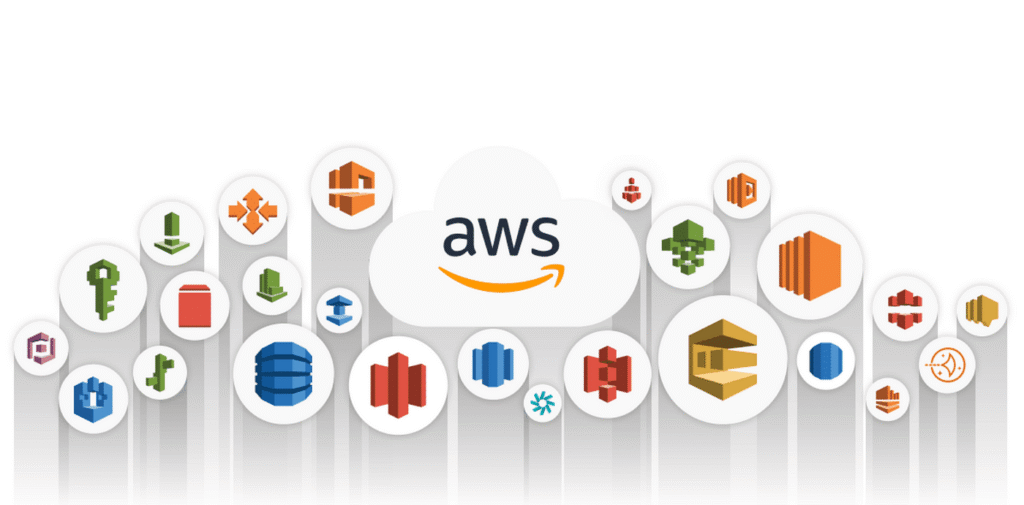What Happened & Why it Mattered
On October 20, AWS’s flagship US‑EAST‑1 (N. Virginia) region experienced a major outage, triggered by DNS resolution errors within its DynamoDB API endpoints. This cascade impacted AWS services and Amazon subsidiaries between 11:49 PM PDT on October 19 and 2:24 AM PDT on October 20, with a full mitigation of the DNS issue around 6:35 AM PDT and complete recovery by 3:01 PM PDT that same day.
Scale of the Impact
Downdetector recorded an eruption of outage reports, up to 16 million worldwide across 60+ countries, with a peak of 9,600+ in the U.S. alone. Services ranging from Snapchat, Venmo, Fortnite, Reddit, Canvas, Ring, Alexa, Lyft, and even banks, airlines, and government portals, went dark.
Sequence of events and recovery
- 3 AM ET (early morning): First reports in US‑EAST‑1, with errors peaking ~4 AM ET.
- ~5 AM ET: AWS identified DNS/DynamoDB issue and began deploying a fix.
- ~6:35 AM ET: DNS issues “fully mitigated,” but some EC2 instance launches were still throttled temporarily.
- 3 PM ET: Confirmed full recovery across all services.
Fallout and Dependencies
The outage exposed just how deeply AWS is woven into the fabric of modern digital infrastructure. With AWS powering roughly a third of the global cloud market, even a brief disruption sent shockwaves through industries. From smart home devices like Ring and Alexa to financial services, education platforms, and gaming networks, the ripple effect was immediate and widespread.
This incident reignited concerns about cloud concentration risk. When so many critical services rely on a single provider, a localized issue can quickly become a global problem. The outage served as a stark reminder that convenience and scalability come with trade-offs, and resilience must be part of the equation.
Expert Reactions
Cybersecurity experts were quick to clarify that this wasn’t a cyberattack, but rather a misconfigured DNS change that cascaded through AWS’s systems. David Kennedy of TrustedSec described it as a “small change with massive consequences,” emphasizing the fragility of centralized cloud infrastructure. Industry analysts echoed the need for diversification.
Dave McCarthy from IDC highlighted the importance of multi-region architectures and vendor redundancy, while others pointed to the growing need for proactive observability and AI-driven monitoring to detect and mitigate issues before they escalate.
Moving Forward
The October 2025 AWS outage was a wake-up call for organizations large and small. It underscored the importance of building systems that can withstand unexpected disruptions, whether through better failover strategies, distributed cloud setups, or smarter monitoring tools.
As cloud adoption continues to grow, so too must our commitment to resilience. The internet’s backbone may be powerful, but as this outage showed, it’s also vulnerable. Planning for failure isn’t just smart, it’s essential.

